Your hearing sense plays an essential role in your performance at the workplace because if you listen better then you will perform better. However, in many workplaces, particularly those involving loud machinery, construction, or industrial environments, employees are exposed to levels of noise that can significantly damage their hearing over time. This makes hearing conservation in the workplace not just a health concern but a critical component of occupational safety and employee welfare.
Understanding Workplace Noise and Its Impact
Workplace noise is an occupational danger that can lead to noise-induced hearing loss (NIHL), a permanent condition caused by long exposure to high levels of noise. According to some researches, NIHL is one of the most common occupational hazards worldwide, and it is entirely preventable. Prolonged exposure to noise levels above 85 decibels (dB) can cause hearing damage, yet many workers are regularly exposed to much higher levels without any ear protection.
Hearing loss can lead to a range of problems, including difficulty in communication, reduced productivity, and even safety risks, as employees may not hear alarms or warnings. It can also contribute to social isolation, stress, and a decline in mental health. Therefore, implementing effective hearing conservation programs in the workplace is not just about protecting hearing but also about ensuring overall well-being and operational efficiency.
Key Components of a Hearing Conservation Program
Noise Assessment and Monitoring
The first step in a hearing conservation program is to assess and monitor noise levels in the workplace. Regular noise assessments help identify areas where noise levels exceed safe limits. Monitoring should be ongoing, as noise levels can change due to new machinery, processes, or changes in the work environment.
Engineering Controls
Whenever possible, reduce noise levels at the source. This can involve installing sound barriers, using quieter machinery, or implementing noise-dampening materials in the workplace. Engineering controls are the most effective way to reduce noise exposure and should be the first line of defence.
Administrative Controls
Administrative controls include strategies such as rotating employees to limit their exposure to noisy environments, scheduling noisy tasks when fewer workers are present, and ensuring that workers have adequate rest periods to prevent prolonged exposure.
Personal Protective Equipment (PPE)
When engineering and administrative controls are not sufficient to reduce noise exposure, employees should be provided with hearing protection devices such as earplugs or earmuffs. It is crucial to ensure that the PPE provided is suitable for the noise level and that employees are trained in its proper use.
Employee Training and Education
Educating employees about the risks of noise exposure and the importance of hearing protection is vital. Training should include how to use hearing protection devices correctly, the signs of hearing loss, and what to do if they experience symptoms. Awareness can empower employees to take proactive steps in protecting their hearing.
Regular Hearing Tests
Regular hearing tests (audiometry) should be conducted to monitor employees’ hearing over time. These tests can detect early signs of hearing loss, allowing for timely intervention before the damage becomes permanent. Employers can use this data to assess the effectiveness of their hearing conservation program and make necessary adjustments. You can get your hearing tested for free at the Ear Solutions hearing aid clinic.
Record Keeping and Program EvaluationKeeping detailed records of noise assessments, employee training, hearing protection provided, and audiometric testing results is essential for evaluating the effectiveness of the hearing conservation program. Regular program evaluations help identify areas for improvement and ensure that the program remains effective as the workplace evolves.
The Benefits of Hearing Conservation
Implementing a hearing conservation program brings numerous benefits to both employers and employees.
Protects Employee Health: Prevents hearing loss, reduces the risk of associated health problems, and improves overall well-being.
Enhances Productivity: By reducing noise-related fatigue and stress, employees can work more efficiently and safely.
Compliance with Regulations: Ensures that the workplace meets occupational health and safety standards, avoiding potential legal issues and fines.
Boosts Morale: Demonstrates that the company values its employees’ health, which can improve job satisfaction and reduce turnover.
Conclusion
Hearing conservation in the workplace is not just a regulatory requirement but a critical component of employee health and safety. By implementing a comprehensive hearing conservation program, employers can protect their workers from the irreversible effects of noise-induced hearing loss, improve workplace productivity, and foster a safer, healthier work environment. Investing in hearing conservation is an investment in the long-term well-being and success of both employees and the organization as a whole.





